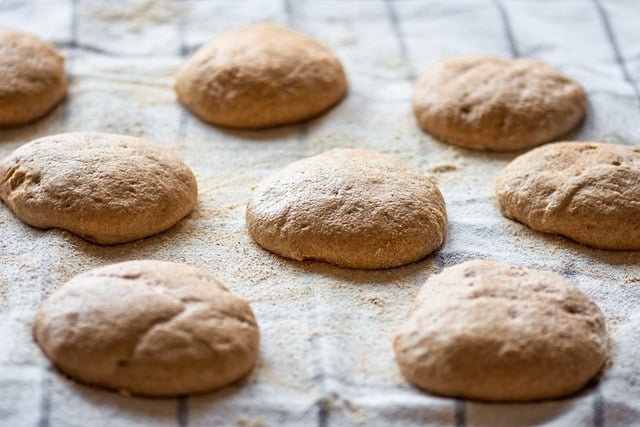Bao Revolution: Steamed Buns Take Center Stage
Fluffy, pillowy, and endlessly versatile, bao buns are capturing the hearts and taste buds of food lovers worldwide. These steamed delights, originating from China, have evolved into a global culinary phenomenon, inspiring chefs and home cooks alike to experiment with flavors, fillings, and presentations. Join us as we explore the bao boom and discover why these little bundles of joy are redefining comfort food.

Anatomy of the Perfect Bao
At its core, bao consists of a soft, slightly sweet dough made from wheat flour, yeast, sugar, and milk. The magic happens during the steaming process, which gives bao its signature cloud-like texture. The key to achieving the perfect bao lies in the balance of ingredients and the steaming technique. The dough should be kneaded until smooth and elastic, then left to rise before being shaped into small rounds. When steamed, the buns should puff up, creating a light and airy texture that’s slightly chewy. The beauty of bao lies in its versatility – while traditional fillings include pork, beef, or vegetables, modern interpretations know no bounds, ranging from Korean barbecue to vegan jackfruit concoctions.
Global Flavor Fusion: Bao Goes International
As bao has gained popularity worldwide, chefs have embraced the opportunity to infuse these steamed buns with flavors from diverse culinary traditions. In the United States, you might find bao stuffed with pulled pork and coleslaw, creating a delightful East-meets-West fusion. European chefs have experimented with fillings like duck confit and caramelized onions, while in Australia, kangaroo meat bao has become a unique local specialty. This global reimagining of bao showcases its incredible adaptability and appeal across cultures. The soft, neutral flavor of the bun provides the perfect backdrop for bold, contrasting flavors, allowing for endless creative combinations that push the boundaries of traditional cuisine.
DIY Bao: Mastering the Art of Homemade Steamed Buns
While bao may seem intimidating to make at home, with a little practice, anyone can master the art of these steamed delights. The process begins with creating the perfect dough, which requires patience and attention to detail. Once you’ve mastered the base, the fun begins with choosing and preparing your fillings. From classic pork belly to vegetarian options like mushroom and tofu, the possibilities are limitless. Steaming techniques are crucial – invest in a good bamboo steamer and line it with parchment paper to prevent sticking. With a little experimentation, you’ll soon be crafting restaurant-quality bao in your own kitchen, impressing friends and family with your culinary skills.
Beyond the Bun: Innovative Bao Creations
As bao continues to evolve, chefs and food enthusiasts are pushing the boundaries of what these steamed buns can be. Some innovative creations include bao ice cream sandwiches, where the traditional savory filling is replaced with sweet ice cream and toppings. Bao tacos have also emerged, combining the softness of steamed buns with the flavors of Mexican cuisine. In the realm of fine dining, deconstructed bao dishes are appearing on menus, showcasing the components in new and artistic ways. These creative interpretations demonstrate the versatility of bao and its potential to inspire culinary innovation across various cuisines and dining experiences.
Bao Bites: Tips and Trivia
• Bao dough should be kneaded until it’s as smooth as a baby’s bottom for the perfect texture.
• Traditional Chinese bao are often marked with a swirl on top to distinguish different fillings.
• The world’s largest bao was made in China in 2017, weighing a whopping 100 kilograms.
• Leftover bao can be frozen and reheated in a steamer for a quick meal.
• In Taiwan, bao are often served as a breakfast item with soy milk.
• The term “bao” can refer to both filled and unfilled steamed buns.
As the bao revolution continues to gather steam, it’s clear that these humble steamed buns have secured their place in the global culinary landscape. From street food stalls to Michelin-starred restaurants, bao’s journey from traditional Chinese fare to international sensation is a testament to its universal appeal. Whether you’re a seasoned chef or a curious food lover, the world of bao offers endless possibilities for exploration and creativity. So why not join the revolution? Grab a steamer, roll up your sleeves, and embark on your own bao adventure – your taste buds will thank you.





